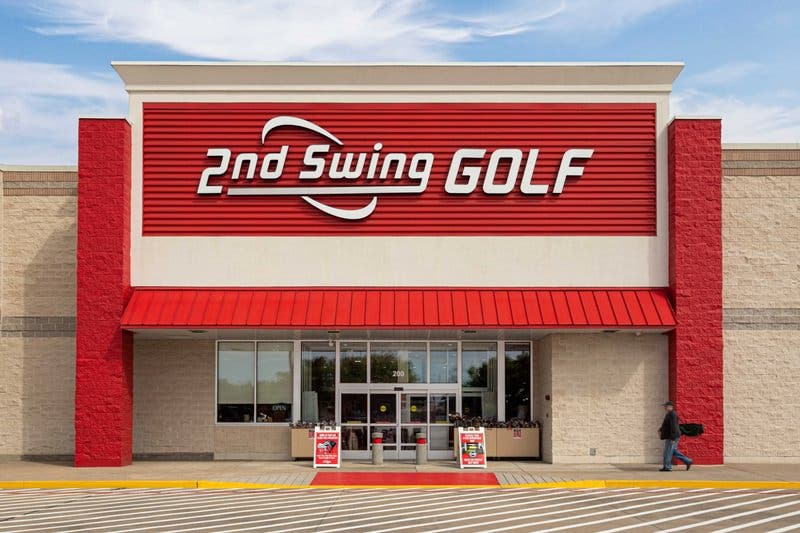
Campbell's Corner: Yardage gapping through your bag
June 19, 2020
By Thomas Campbell -- 2nd Swing master club fitter
Do any of your clubs go similar distances? Do you have a large yardage gap somewhere in your bag? Do you struggle to get the ball to stop on the green with certain clubs?
If you answered yes to any of these questions, here’s some advice to help you better understand gapping. I would also highly suggest that you schedule a gapping analysis fitting at 2nd Swing or with a qualified, professional club fitter in your local market.
Let's start with your wedges. Think of your wedges as your scoring clubs. If you know your distances and if you consistently hit those wedges the correct yardage, you’ll hit approach shots closer to the hole and have better birdie chances.
The most common problem I see is gaps 20 to 30 yards apart from a pitching wedge to sand wedge. Many golfers do not understand the need for a gap wedge in their bag. Don’t think of the gap wedge as just another wedge, think of it as a club that has a specific loft associated with it, like any iron in your bag.
Playing a round of golf with a yardage gap of 20-30 yards is just like playing a round of golf with a complete set of irons besides an 8-iron. The absence of a club with an 8-iron loft will require some unnecessary creativity if you find yourself with that yardage into the green.
It’s better to have a club that is designed to fly a certain distance, rather than trying to manipulate the distance yourself. We want consistent spacing and progression. Ideally, I would like to see a 4-6 degree gap between each wedge, which will provide a gap of 10-15 yards between each club.
Today, pitching wedges have stronger lofts, typically about 43-47 degrees, while sand wedges continue to typically have a loft of 54-56 degrees of loft. Playing a pitching wedge that has 43 degrees of loft and a sand wedge at 56 degrees will lead to a gap of about 30-40 yards between clubs in your bag. There is plenty of room to include a gap wedge that has 48-50 degrees of loft.
Depending on how far a player hits the ball I like to gap with 4-5 clubs from 150 yards and shorter.
The loft on my wedges are 4.5 degrees apart: Pitching Wedge = 46.5, Gap Wedge = 51, Sand Wedge = 55.5, and Lob Wedge = 60.
When analyzing a player’s iron gapping, I pay close attention to their average distance, and the height (feet) or the landing angle (degrees). Just like the wedges, the goal is to create a set where your yardage between clubs consistently averages 10-15 yards apart.
It is also important to check your loft and lies every year as certain clubs are prone to change their characteristics over time. Cast irons are harder to bend, so this especially applies to golfers playing forged irons.
Additionally, the height you hit each club and the landing angle into the green is just as important to assess during a gapping analysis. The average height a tour player hits a full shot is 100-110 feet.
It is important when assessing your iron play that the height you hit each iron stays consistent from pitching wedge through to the longest iron you play in your bag.
Once your height or landing angle starts to drop considerably, it might be time to discuss making the transition to hybrids at that point in your bag. Hybrids or utility irons are higher-launching clubs that will help maintain that average peak height and landing angle so that you can hold the green from a distance that you might not be able to with a traditional iron.
To efficiently gap the fairway woods and hybrids into the bag, the first thing I assess is how far a player hits the driver. Once I know the driver distance I like to gap 2-3 clubs between the driver distance and how far you hit your longest iron. It is important to avoid having two clubs that go the same distance.
For example, I average about 300 yards with my driver and my 4-iron total distance is 235 yards. I have a 65-yard gap to fill with two clubs. When fitting, I will be looking to find clubs that go a total distance of approximately 275 yards and 255 yards to fill that gap evenly.
Hopefully this provides you with a better understanding of the importance of yardage gapping and how to go about that process with your bag. For more help as it relates to gapping, feel free to stop by a 2nd Swing location or contact us at 612-216-4152.
